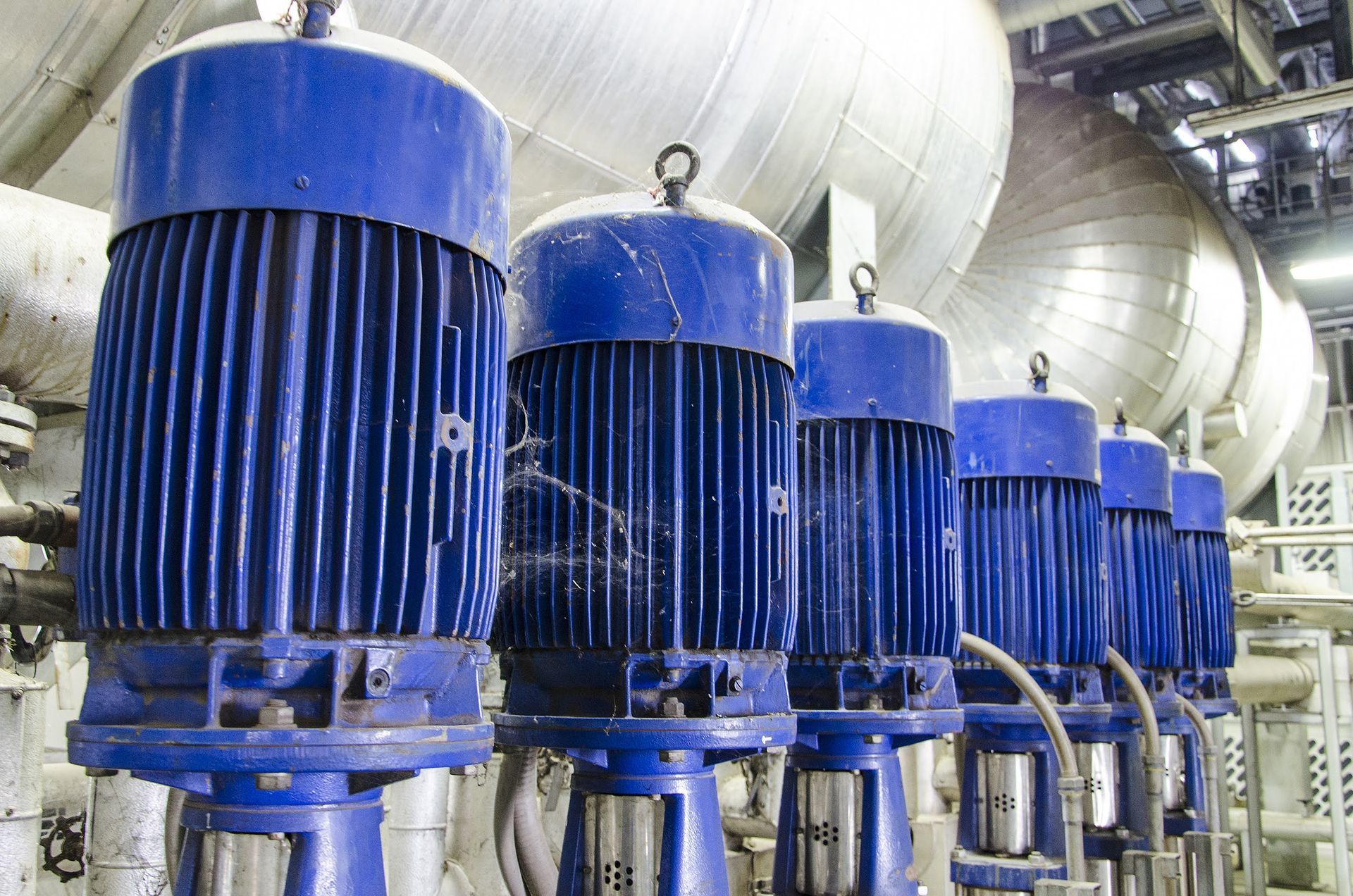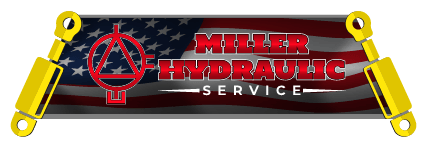Serving All of Central & Northern Illinois and NW Indiana
Office: (815) 468-7745
A Guide to the Common Types of Hydraulic Pumps

In the world of industrial machinery, hydraulic systems power everything from heavy construction tools to precise manufacturing processes. Hydraulic pumps are at the heart of how these devices work.
If you want to use hydraulic systems to their fullest potential, you must understand how hydraulic pumps work. Here is a guide to the complicated world of hydraulic pumps, breaking down the features, functions, and uses of the most popular types that keep industries moving forward.
Piston Pumps
Piston pumps use a cylinder block with pistons that move back and forth to pull oil from the input port and push it out the exit. There are both fixed-displacement and variable-displacement pumps. The amount of the pump's cylinders determines how far the piston moves.
When working pressures need to be high, piston pumps are better than other types of pumps because they can handle higher pressures. Because piston pumps can handle such a wide range of pressures, they can be set to very high pressures without losing performance. The main problems with piston pumps are that they are heavy, need maintenance, and are expensive.
Both fixed-displacement and variable-displacement radial piston pumps have a rotor hub with a set of pistons in a circle around them. As the rotor turns in the pump body, it pushes the pistons in and out of the cylinders. This pulls hydraulic fluid into the cylinder cavity and pushes it out of the cylinder cavity.
Gear Pumps
Gear pumps are a type of positive displacement or fixed displacement hydraulic pump that move fluid by connecting gears that turn in different directions. They are used in systems with no closed loops. They are the most common type of truck-mounted hydraulic devices because they are cheap, reliable, easy to maintain, and don't get contaminated.
Gear pumps are measured by how much pressure they can handle, how many cubic inches they can move, and how quickly they can be turned on. The gears trap oil between their teeth and move it around the gear cavity through their meshing, ultimately forcing it out of the outlet port. Thrust plates hide small amounts of oil under pressure that push against the gear ends to make them work better.
The most popular types are external gear pumps and internal gear pumps. Two spur gears outside the pump work together to move liquids. However, internal gear pumps move fluid using inner and outer gears and a crescent-shaped section.
As the two gears turn, they create suction and release zones that move the axis of the outer gear away from the axis of the inner gear. The oil caught between the gears on the pump's suction side flows through the bearings.
Vane Pumps
Hydraulic vane pumps increase pressure by pushing fluid past rotating vanes on a rotor that moves in a zigzag pattern inside the pump's case. Turning the rotor closes the space between the pump casing and the vanes. This forces fluid out of the exit.
By moving the rotor's spinning axis in relation to the pump's housing, the amount of fluid that comes out of the pump can be changed. When the axes of the rotor and the container are the same, no air moves.
Vane pumps are widely used in the car industry because they can start up independently, have a high volumetric and overall efficiency, and keep a constant flow rate at various pressures. Plus, the vanes are easy to switch out, so they can handle liquids containing air and gas while still being small and light.
However, vane pumps shouldn't be used with abrasive fluids because they need good seals and filtration systems to keep them safe. They might also not work well in extreme situations, like when there is a lot of pressure or the fluid is thick. Also, you need relief valves to keep the pump from getting damaged by a sudden stop in supply.
If you need hydraulic pumps, system components, repairs, or other services, please contact Miller Hydraulics Service, Inc for more information and to place an order.
CONTACT INFORMATION
Address: 1965 E. Amberstone, Manteno , IL 60950
Office: (815) 468-7745
Emergency: (815) 405-4042
Email: miller-hyd@comcast.net
Business Hours:
- Mon - Thu
- -
- Friday
- -
- Sat - Sun
- Closed





